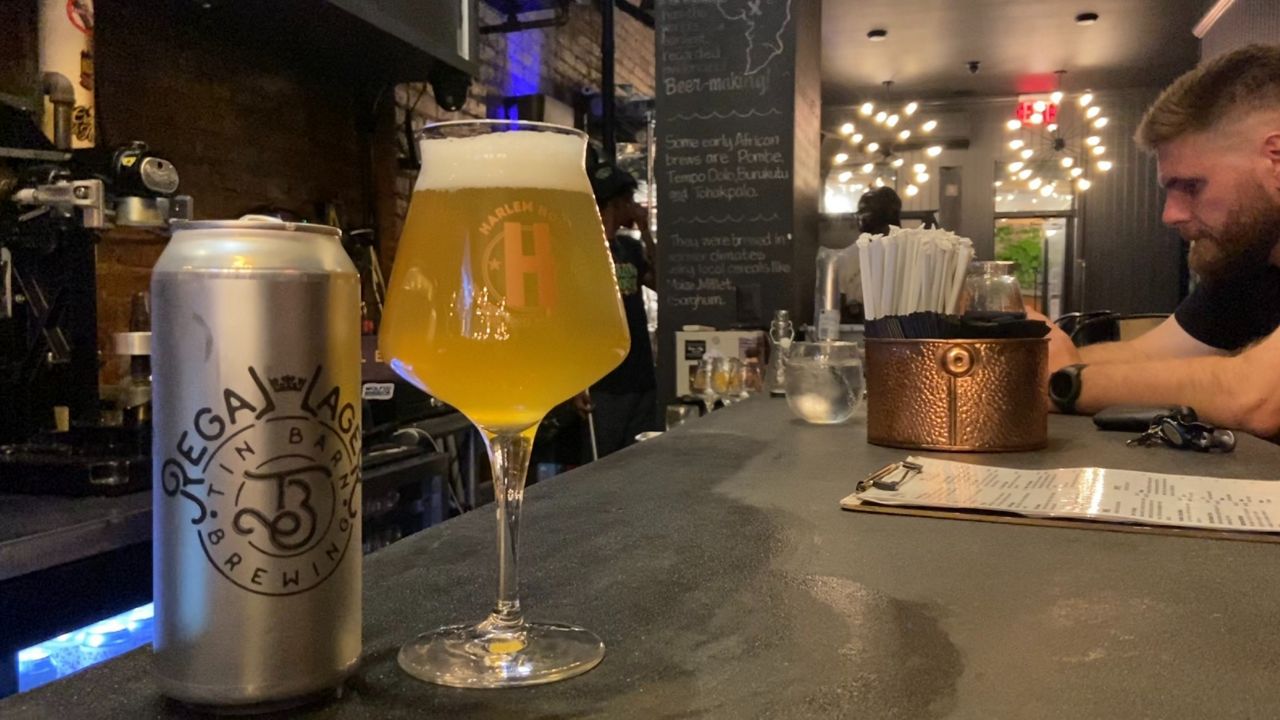NEW YORK - Mary Peterson says she was diagnosed with coronavirus on March 21. Soon after, her three sons got sick.
The younger two bounced back within a couple of days, but 13-year-old Roman suffered for about a month.
What You Need To Know
- There are more than 500,000 confirmed cases of COVID-19 in children, according to the American Academy of Pediatrics
- Experts say children make up about 10 percent of confirmed COVID-19 cases
- Experts also say it is rare for children to experience severe symptoms from COVID-19
- Most children show little to no symptoms of COVID-19
“I woke up with a headache, sore throat, and a 103-degree fever and from there we got diagnosed by our pediatrician,” recalled Roman.
“When he was not interested in Fortnite, we knew there was a problem,” Peterson said.
Roman’s 103-degree temperature lasted about a week, which was followed by a 100-degree fever for about three weeks. He lost his appetite, was exhausted, and endured terrible headaches.
“As I think any mother will tell you, it was easier for me to go through it, than to watch him,” said Peterson.
Months later, Roman still manages sporadic dizziness, headaches, and nausea. And that’s not what Peterson expected. She thought Roman’s younger brother, who has asthma, would experience a more difficult recovery, not Roman.
“You just don’t know how it’s going to hit your child,” she explained. “I’ve gotten notes from parents that say, my child eats healthy, my child is athletic. Well, he was those things, too.”
Experts say it is rare for a child to get sickened with COVID like Roman did. It’s possible that he experienced some inflammatory response, says Dr. Karen Wilson, division chief of general pediatrics at Mount Sinai Hospital. She says there have been about 240 cases of multisystem inflammatory syndrome, or MISC, across the state out of about 450,000 cases in total.
“These long term symptoms don’t seem to be very common even among the children who do have MISC, but we are still trying to learn more about this and the longer term consequences,” Wilson explained.
Children are not likely to contract COVID. The American Academy of Pediatrics started tracking confirmed COVID cases among children in July and reports more than 500,000. Dr. Yvonne Maldonado, of Stanford Healthcare, says that’s less than 10 percent of all cases. Of those, they counted 105 deaths, about 0.01 percent of cases in children.
“To put that in context, every year, during flu season alone, between 80 and 200-plus children die, every year, during the flu season. We are talking about a lower rate at this point given the pandemic has been around for about eight or nine months,” Dr. Maldonado explained.
Roman and his mother say he’s part of an ongoing study at New York Presbyterian that is trying to find answers about COVID. Roman periodically contributes his saliva and blood.
“If me just getting a little irritated [by a blood test] can help stop a worldwide pandemic, then in my opinion, it’s worth it,” he explained.
The experts and the Peterson family say Roman’s rare experience with COVID-19 is a good reminder about staying vigilant as schools reopen.
“These are very, very, very rare events, but they are serious, so I think everyone needs to continue to be vigilant and continue to wear masks and be socially distant and use good hand hygiene,” said Dr. Wilson.
That’s exactly what Roman plans to practice as he returns to the classroom a few days a week, ready with an encouraging reminder for his classmates.
“Hang in there; [keep] social distance - six feet apart, everyone’s heard that but that’s the more important thing - standing six feet apart from each other,” he said.







